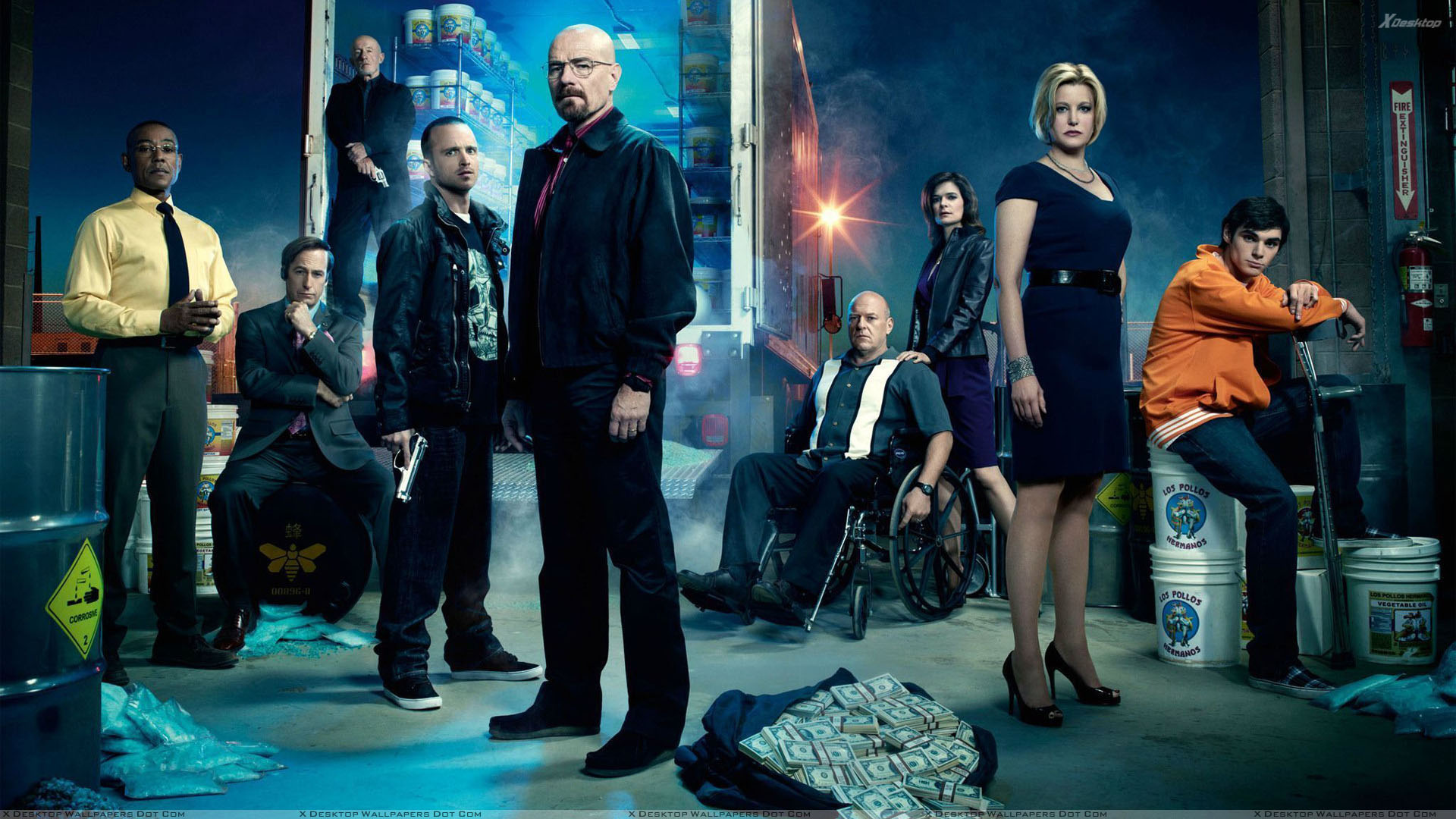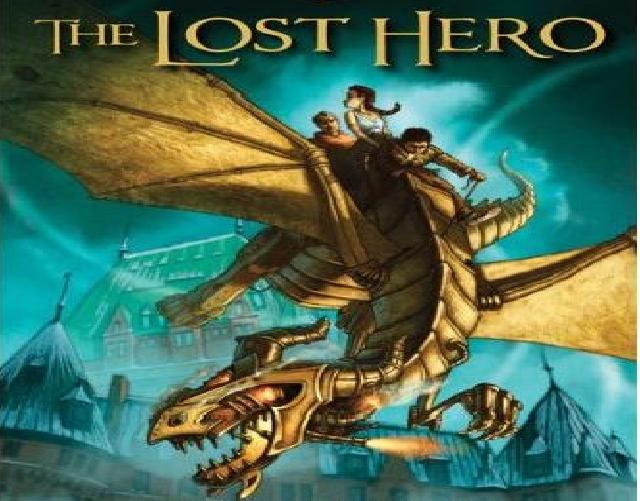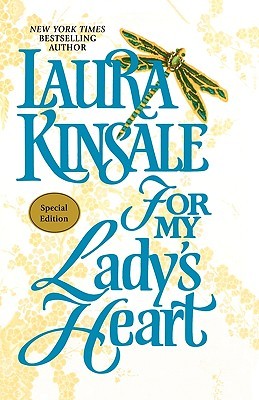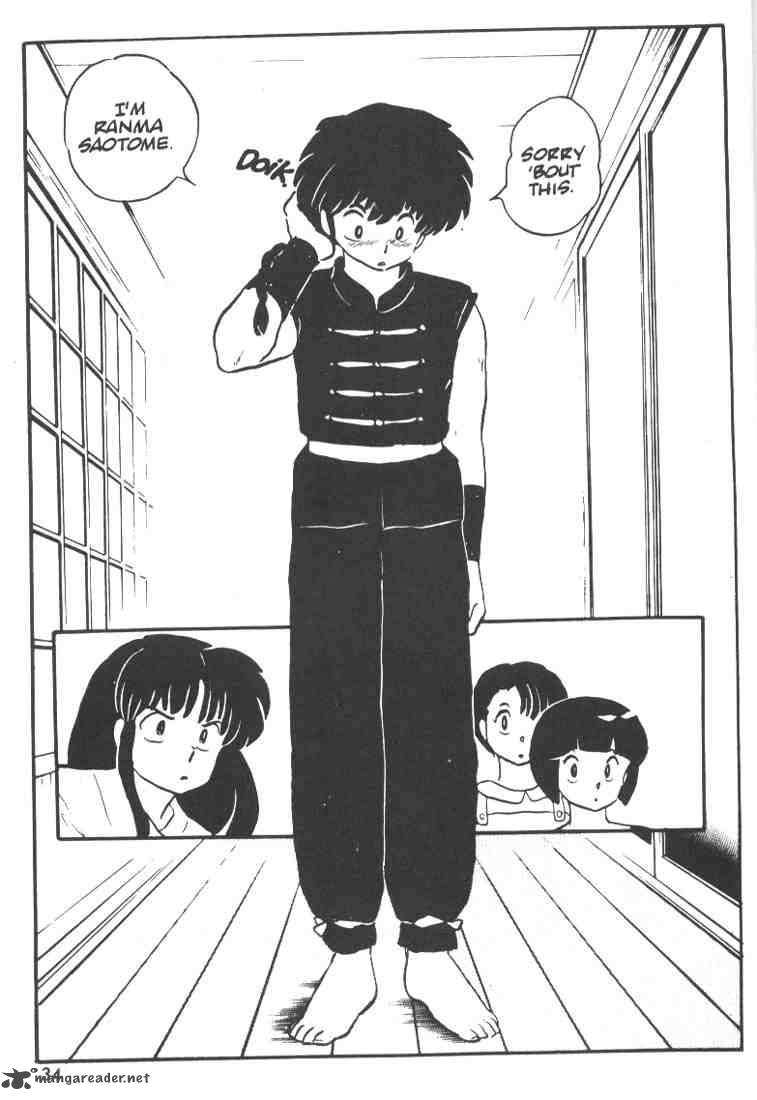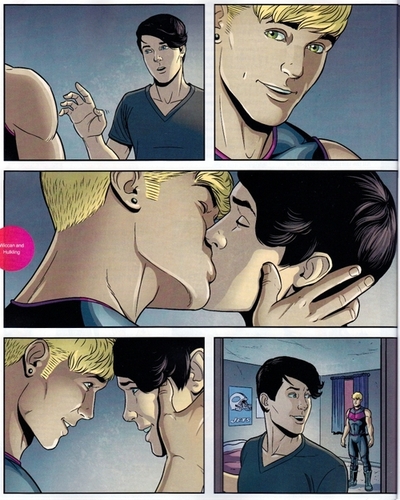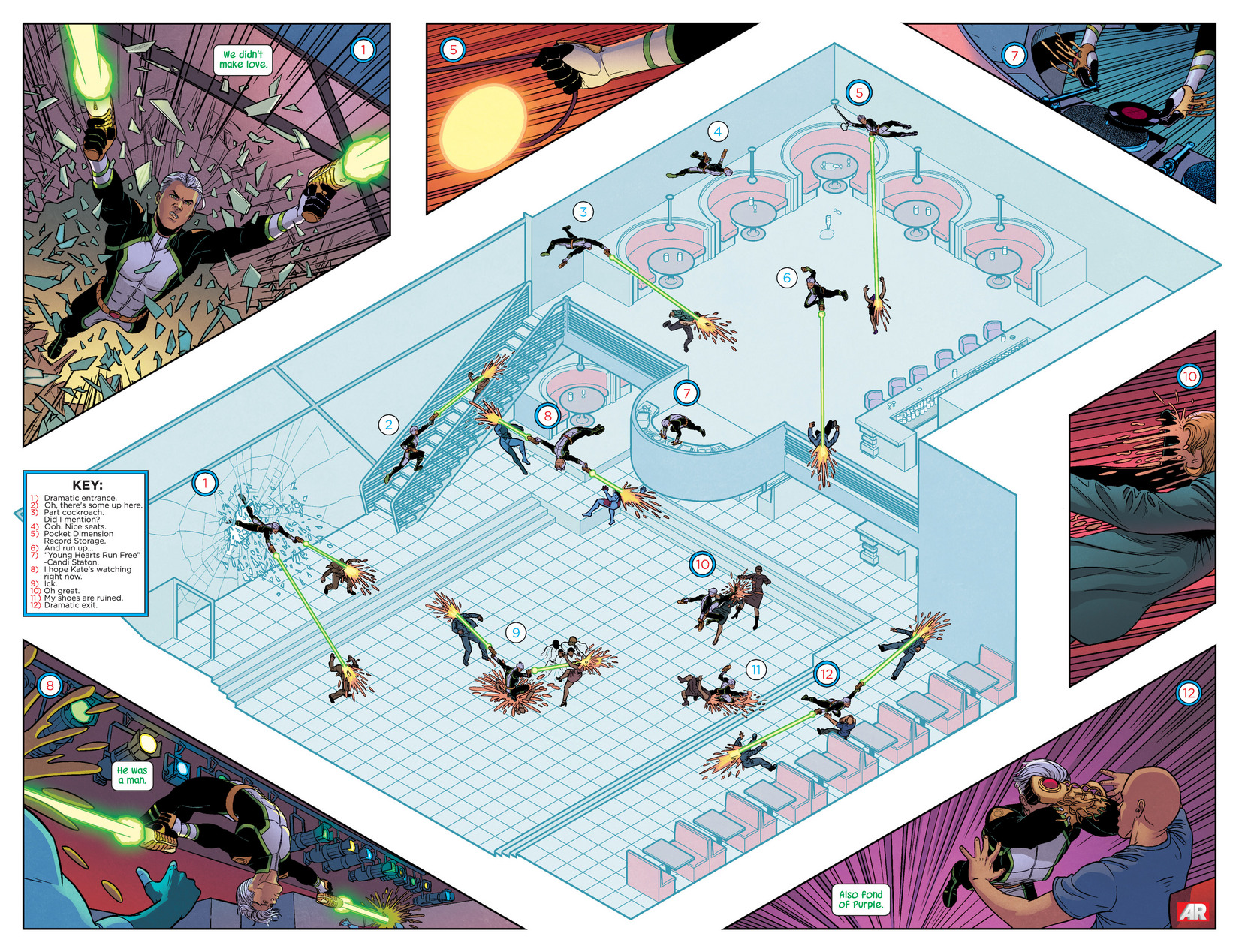So this is a bit different than what I usually post here, mainly because I thought I’d be posting it somewhere else. But that didn’t work, so at HU it is. You can consider that a warning of sorts, I suppose.
_________
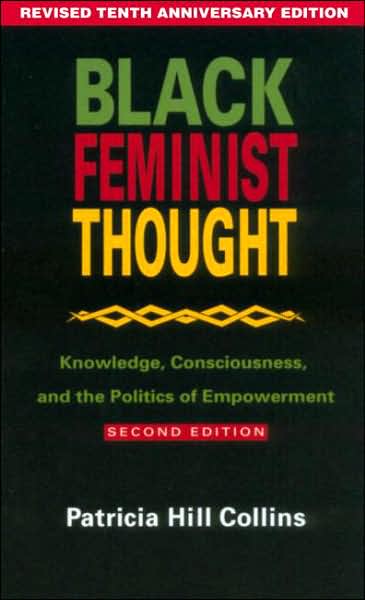 In Patricia Hill Collins’ classic monograph Black Feminist Thought (2nd edition, 2000), she describes seeing a difficult presentation by a White feminist scholar. The lecture was about Sarah Bartmann, a Khoikhoi African woman who was displayed as a freak show novelty under the name the Hottentot Venus in 19th century Europe. The scholar, Collins says:
In Patricia Hill Collins’ classic monograph Black Feminist Thought (2nd edition, 2000), she describes seeing a difficult presentation by a White feminist scholar. The lecture was about Sarah Bartmann, a Khoikhoi African woman who was displayed as a freak show novelty under the name the Hottentot Venus in 19th century Europe. The scholar, Collins says:
“refused to show the images [of Bartman] without adequately preparing her audience. She knew that graphic images of Black women’s objectification and debasement, whether on the auction block as the object of a voyeuristic nineteenth century science or within contemporary pornography, would be upsetting to some audience members. Initially I found her concern admirable yet overly cautious. Then I saw the reactions of young Black women who saw images of Sarah Bartmann for the first time. Even though the speaker tried to prepare them, these young women cried.”
The white feminist scholar Collins is discussing here could be seen as providing an early form of trigger warning — a notification intended to warn people of content that may cause a painful or damaging emotional reaction.
As Collins’ anecdote shows, trigger warnings have existed for a long time in informal settings. But they became codified on the internet, especially on feminist websites and blogs. Feminist internet trigger warnings focused on sexual abuse or torture, suicidal or self-harming behavior, and eating disorders, according to the Geek Feminism Wiki. The goal of these warnings was to alert survivors of sexual assault, or those with a history of suicide attempts or eating disorders, that the article might trigger PTSD or anxiety. “Someone who is triggered,” according to Melissa McEwan, “may experience anything from a brief moment of dizziness, to a shortness of breath and a racing pulse, to a full-blown panic attack.” Andrea Garcia-Vargas, a PolicyMic columnist who writes about the intersection of gender, sex, and tech, argued in an email to me that such warnings are:
…absolutely necessary. Why? Because PTSD in response to depictions of violence (particularly sexual violence or war violence) is a very real issue, and people who may be triggered by violent images or depictions deserve a “heads-up” that it’s coming. That’s not to say that the trigger warning is going to completely stop PTSD. Of course it won’t. It’s only one step. But it’s a very necessary step. With the trigger warning, the reader can decide whether or not they are in a frame of mind to proceed.
Many writers use trigger warnings as a matter of course. There’s one on McEwan’s article, for example, and one on this piece by Soraya Chemaly at the Huffington Post. Some commenters, though, argue that the warnings aren’t all that helpful. Amanda Marcotte, for example, notes that
“I write often about difficult subjects like rape and abortion, but I never use trigger warnings. My experience is that the audience can do a better job than I can at figuring out what kind of content will upset them by reading the headline than I ever could randomly guessing what blog posts count as triggering.”
Along the same lines, Jill Filopovic points out that PTSD “triggers are often unpredictable and individually specific — a certain smell, a particular song.” Trigger warnings suggest that you can protect people from traumatic reactions, which isn’t necessarily the case.
Filopovic agrees that it’s reasonable to provide warnings for the most common triggers like sexual assault or eating disorders on feminist blogs. She and others, however, have become worried that the use of trigger warnings is moving off the internet and into other real-life venues, especially college classrooms. Oberlin College (my alma mater) has recently put out an official discussion of triggers, advising faculty to “strongly consider” making “triggering material” optional for students. Among the books that were suggested as being triggering was Chinua Achebe’s classic Things Fall Apart, which Oberlin warns might “trigger readers who have experienced racism, colonialism, religious persecution, violence, suicide and more.”
Some argue that the use of trigger warnings in a classroom setting may do more harm than good. Emory sociology PhD candidate Tressie McMillan Cottom worries that trigger warnings play into a model where students are perceived, not as learners, but as customers, who are never supposed to feel any discomfort. Trigger warnings then become part of a system which works “to rationalize away the critical canon of race, sex, gender, sexuality, colonialism, and capitalism” — students who don’t like discussions of racism or colonialism will never have to confront their prejudices or preconceptions. Jenny Jarvie at The New Republic goes even further, arguing against trigger warnings not just in college settings, but online as well. “Structuring public life around the most fragile personal sensitivities will only restrict all of our horizons,” she says. “Engaging with ideas involves risk, and slapping warnings on them only undermines the principle of intellectual exploration. ”
I can see the virtues in the arguments both for and against trigger warnings — and partially as a result, I feel like both may be framed in overly absolutist terms. To me, it seems like it might be better to think about trigger warnings not as a moral imperative, but rather as a community norm. Warnings exist, after all, in dialogue with reader expectations. In some forums, people may expect to be warned about difficult content. In other cases (as with Amanda Marcotte’s posts) readers will have a sense going in that sensitive issues are going to be discussed with some regularity.
Negotiating exactly when and where there needs to be a warning, and what kind of warning, then becomes something that different communities can work out differently. Marcotte, for example, mentions a recent episode of the television show Scandal in which a major character was raped. Many fans responded with anger, insisting that the show should have included a trigger warning — and the show’s creator, Shonda Rimes agreed with them. You could see this as the show failing in its moral duty to protect its fans. Or you could see it as Rimes caving to oversensitive censorship. But it seems like it might be more useful to see it simply as a particular community figuring out how it wants to deal with charged material.
This doesn’t mean that writers have no ethical obligations when discussing difficult content. On the contrary, it seems like trigger warnings are just one possible way of dealing with one’s obligation to deal thoughtfully with such material. Angust Johnston, a historian and founder of studentactivism.net, wrote to me in an email that:
“content warnings are a part of a larger set of questions about how you’re interacting with your readers. Are you shocking them for the sake of shocking them? If so, content warnings are just a fig leaf. On the other hand, if you’re being careful about how you approach a subject, I think you can often write your way around the need for them.”
Johnston added that this applies offline in a classroom context as well. “I think professors have an obligation to recognize that their students are human beings who may have strong emotional and psychological responses to class materials and discussions, and to deal with those responses in a respectful and sympathetic way,” he said. Content warnings could encourage professors to think about those issues, which would be good — but they could also be a way, as Tressie McMillan Cottom suggests, to avoid important issues. Content warnings themselves are just a tool, which can be used well or badly. The real ethical imperative is to approach an audience, whether online or off, with, in Johnston’s words, “thought and care (and humility.)”
In Black Feminist Thought, Patricia Hill Collins describes another, less sensitive presentation on Sarah Bartmann. A White male scholar lecturing about historical scientific racism included pictures of Bartmann as part of his PowerPoint presentation.
“Leaving the image on screen for several minutes with a panel of speakers that included Black women seated on stage in front of the slide, this scholar told jokes about the seeming sexual interests of the White voyeurs of the nineteenth century. He seemed incapable of grasping how his own twentieth-century use of this image, as well as his inviation that audience members become voyeurs along with him, reinscribed Sarah Bartmann as an “object…a malleable ‘thing'” upon which he projected his own agenda.”
The issue, then, is not simply including or failing to include a warning. The issue is recognizing your own relationship, as a writer or presenter, to race, gender, violence, and other intersections of power. Trigger warnings can be one way to do that, but the argument about them pro or con shouldn’t be allowed to obscure the main goal. That goal, as Johnston says, is to treat your audiences, or audiences, as human beings.

